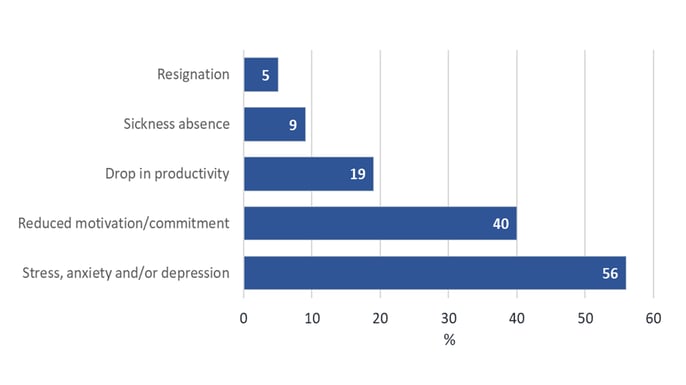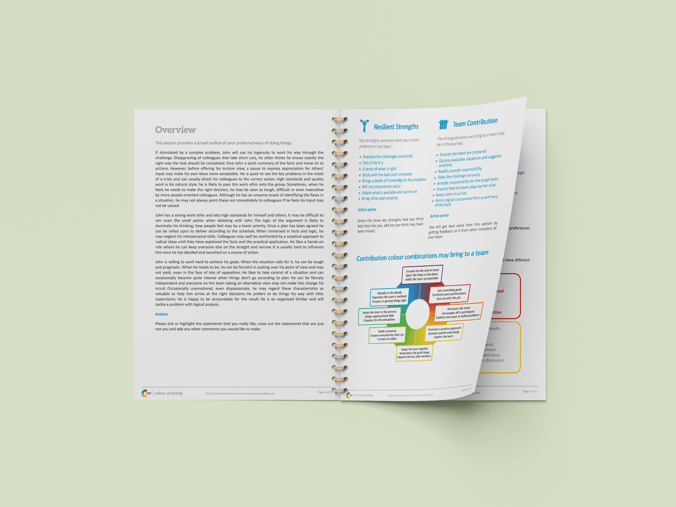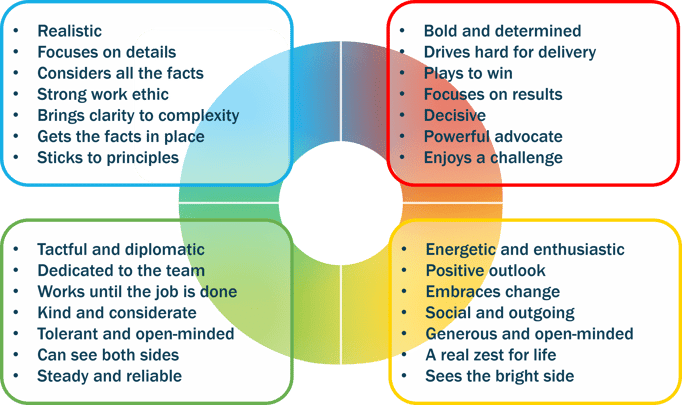May 30, 2022
2 min reading time
What are you like to talk to? A guide to meaningful conversations.
What are you like to talk to?
Read moreApril 17, 2024
1 min reading time
What is the real yearly cost of conflict within UK organisations?
The 485,800 employees resigning? The 874,000 employees on sick leave?
Or the annual cost of £28.5 billion, to manage and resolve conflict.
Even without these 'literal' costs, an ACAS study shows that over 50% of those who don't resign or take sick leave are less motivated and report stress, anxiety and/or depression through conflict at work.
If you weren't convinced of the link between workplace conflict, employee wellbeing and your organisation's effectiveness, are you now?

We spend a large proportion of our time with our teams and so, the quality of your working environment has a significant impact on your wellbeing. Relationships and conflict not only affect your culture; they also affect the overall quality of work.
A CIPD research report found that just over a third of employees had experienced some form of interpersonal conflict at work in the past year. This could relate to either an isolated dispute or an ongoing difficult relationship.
Whilst workplace conflict, and its effect on productivity and morale, may be obvious to small-business owners, it is not always as clear to identify and manage in larger organisations.
CPP Inc. conducted a study in the U.S. and found that employees spent 2.8 hours a week dealing with conflict, the equivalent of $359 billion or 385 million working days in 2008.
As the role of a Manager continues to adapt and grow, it is essential that we provide them with current and continued training. This will enable Managers to identify and manage arising conflicts appropriately.
We look into how conflict can arise and how you can equip yourself to notice and manage it, saving yourself and your company time and money.
There are many situations in which conflict can arise, influenced by internal and external workplace factors.
Conflict has become an everyday part of our work life, especially as we take on high-stress projects backed by significant investment.
Conflict often arises based on differences between people. These differences can stem from our behaviours, reactions, styles of working, the dynamics between individuals or different attitudes towards things, all of which are affected by our perceptions, values, experiences, feelings and ideas.
To deal with conflict, we need to learn how to control our behaviours, as well as understand and value how other people's behaviours may differ from ours.
C-me's colour profiles give you an overview of an individual’s behavioural preferences, which we communicate through the language of colour.

Colour is a great way of differentiating and communicating behaviours, given their ability to combine and blend - much like our behavioural preferences!
In facilitating the ability to understand everyone’s behavioural preferences, our colour profiles enable you to recognise how different people respond under stress and also what triggers this stress.
Knowing this then helps leaders and teams learn the best methods of communicating with each other and therefore avoid conflict between the colours.
Sometimes conflict is inevitable.
When it does happen, C-me’s personalised profiles are a great tool to aid healthy conflict resolution. By managing communication, we support the development of optimal outcomes despite different viewpoints or ways of doing things.
An understanding of each other’s preferred ways of doing things and communication preferences is foundational to building empathy. It is also a helpful first step in diffusing tension, or at least preventing it from escalating.
C-me specialises in analysing behavioural preferences, providing leaders with valuable insights into why a person may have reacted or responded in the way they did. The image below outlines typical behavioural preferences of each colour.

Understanding the why is vital for effective conflict management.
Understanding our colours, the behavioural preferences and the different ways a person’s behaviour can impact other people also helps leaders to think more strategically about the make-up of a team.
Potential conflicts can either be avoided or mitigated through redressing balance within a team or organisation.
Diversity of thought is important when building a team, as it brings a richness in the quality of thoughts and actions. Diversity of thought can also be a helpful means of avoiding unbalanced thinking, which can often trigger tensions and conflicts further down the track.
That said, leaders should consider the strength of the need for diversity of thought, as it by no means eradicates conflict and in some cases, even adds to it, e.g. opposing approaches can clash.
Not all conflict is negative; this is what we call embracing 'healthy' conflict.
Rather than seeking to avoid conflict, it is better for teams to embrace healthy conflict, challenge the diversity of thought, and use it as a catalyst for better creativity, understanding and innovation.
Conflict can be a meaningful experience in one’s lives that should not be ignored and shrugged off as “nothing.”
C-me is a great tool to help people grow in self-awareness and it is this awareness that will help avoid unnecessary conflict and build strong working relationships between diverse personalities.
Self-awareness is essential for team members and team leaders. With leaders having the vital role of building teams with strong chemistry or with, of equal importance, high competency.
As we've highlighted in both this blog and a recent blog by Rocko, C-me reports are a great tool to help people better understand the different communication methods of each behavioural preference.
We also have a dedicated section in our profiles that speaks to remote working and the ways to ensure different colour preferences communicate effectively through online methods.
Using this section, in conjunction with the sections of stress and handling setbacks, is a great way to ensure conflict is dealt with effectively, even when teams are working remotely.
Want to find our more about our reports? Contact our team with your enquiry!
May 30, 2022
2 min reading time
What are you like to talk to?
Read moreAugust 9, 2022
4 min reading time
This article looks at the exciting development of L&D (Learning and Development) post-pandemic, the challenge L&D professionals now face, and a possible solution.
Read moreJune 24, 2022
4 min reading time
Discover how understanding colour preferences can help your team thrive together and achieve even greater success. In this article, we delve into the fascinating world of colour preference ...
Read more